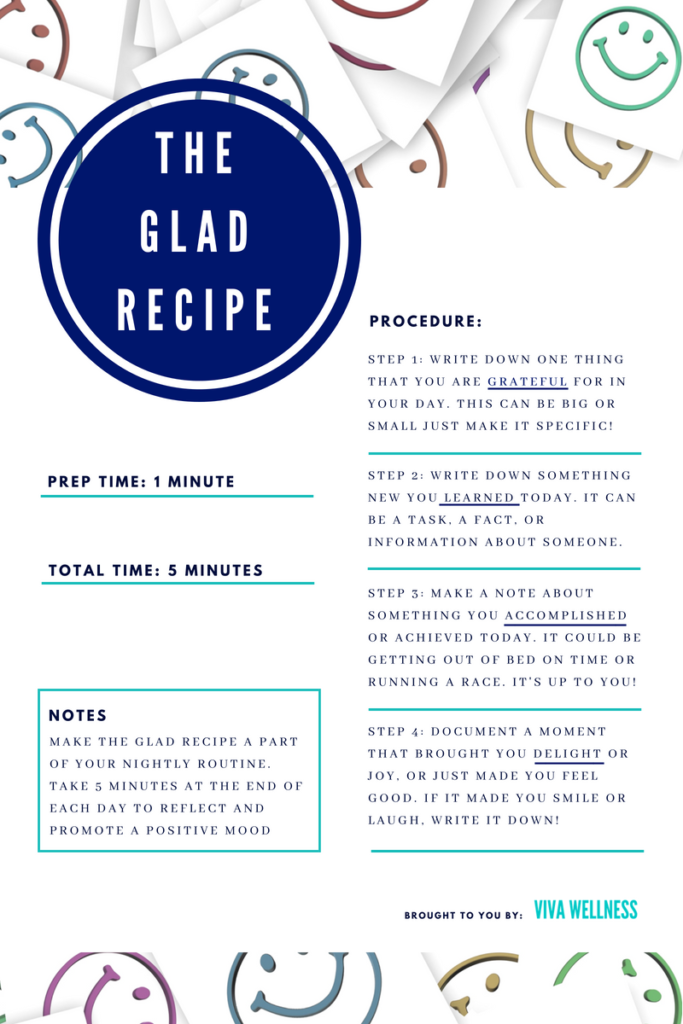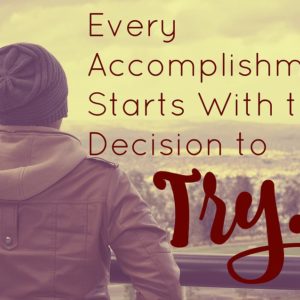Positive psychology is the “scientific study of the strengths that enable individuals and communities to thrive,” according to the University of Pennsylvania Arts & Sciences. This field of study helps provide us with ways to improve emotional health while still giving space to real life challenges. You may have heard about a simple gratitude exercise of naming three things that you are grateful for daily. It’s a popular one that came out of the positive psychology movement. The GLAD Technique is, I think, an iteration of a gratitude practice that can help provide a boost in mood and positivity.
Why We Use Positive Psychology & Gratitude
The research is clear that positive psychology interventions, such as the GLAD strategy or other gratitude techniques, have been shown to alleviate depressive symptoms. These kind of practices are not only thought to help the clinically depressed, but also are useful tools in helping the average person feel a bit lighter and positive as well.
The benefits of a gratitude practice are two-fold. The research points to the idea that just practicing the concept of gratitude, like the GLAD technique, will help give you a momentary boost of positivity. The longer game, and I would argue the more influential one, is that as you practice this kind of skill over and over again your brain becomes more attuned and aware of positive things in your life. This enabes you to see and acknowledge more positive things as you go about your day. That’s a powerful punch for a strategy that may take a maximum of five minutes to do per day.
But, how does one put this into practice?
How to Use the GLAD Technique
Every once and a while the psychology community comes up with something particularly catchy and the GLAD technique is one of my personal favorites. Obviously, its name reinforces its ability to help you improve your mood. It’s also a handy acronym that stands for gratitude, learning, achievement (or accomplishment) and delight. You can do this nightly as a part of your wind-down routine to put you in a better emotional place right before bed.
For example, my GLAD note for the day might looking something like this:
G – I’m grateful for being able to connect with an old friend as sometimes I find it hard to keep up
L- Today I learned a new strategy for helping reduce back strain when I find myself working at my desk for a long time
A- I finally crossed that annoying task off my to-do list
D- I don’t know why, but this morning I stumbled on a quote that really struck me, in a good way, and it totally made my day
A Disclaimer about the GLAD Technique
The GLAD technique is not a cure-all for depression or any other negative emotion. It’s been my experience that for some people it can be difficult to keep up with the daily aspect of this strategy on their own. In and of itself, this strategy is not therapy, but can be one part of a treatment plan. I always recommend connecting with a licensed therapist if you find yourself having a hard time coping with negative emotions.
But, one more thing. We have a gift for you! Below you’ll find our handy GLAD Recipe that you can save to your mobile device, post to your vision board or wall so that you can remember how to practice the strategy daily. Enjoy!

Author: Jor-El
Jor-El is Co-founder of Viva Wellness and a foodie and film buff. He most often writes about mental health, relationships, food and mindfulness. When he’s not busy working, he typically can be found lounging or walking around NYC with his pup Nomi.











